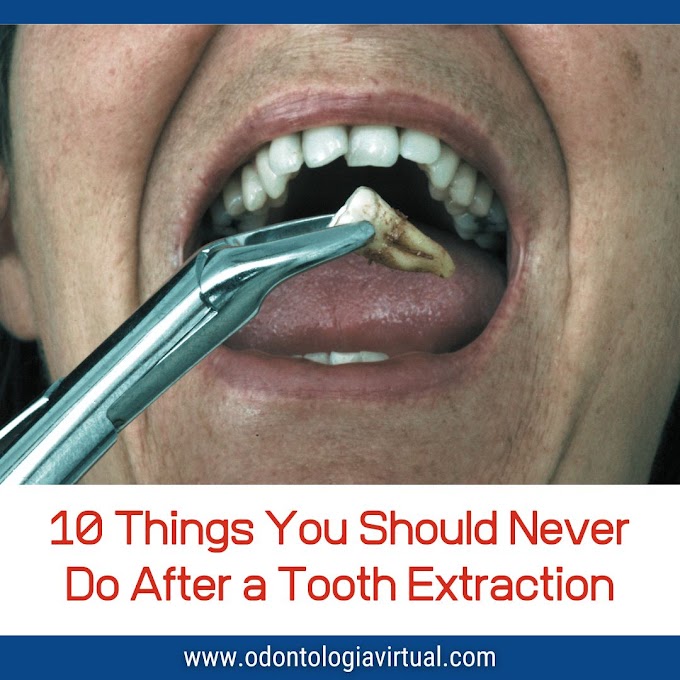It occurs when the blood clot is dislodged or fails to form properly, leaving the bone and nerve endings exposed.
Pain usually appears 2–5 days post-extraction and is often described as deep, radiating, and unresponsive to simple analgesics.
This guide outlines an evidence-based pharmacological protocol for the effective treatment of dry socket
🩺 1. Pain Management
✔ Ibuprofen 600 mg every 8 hours
First-line for both analgesic and anti-inflammatory effects.
✔ In severe pain: Ketorolac 10 mg every 6 hours for a maximum of 3 days.
✔ Paracetamol (Acetaminophen) can be used in patients with gastrointestinal intolerance.
💊 2. Antibiotics (only when indicated)
Not routinely recommended unless signs of infection or systemic involvement (fever, lymphadenopathy, cellulitis):
✔ Amoxicillin 500 mg every 8 hours for 5–7 days
✔ If allergic to penicillin: Clindamycin 300 mg every 6 hours
🧴 3. Antiseptic Mouth Rinses
✔ Chlorhexidine 0.12%, rinse twice daily for 7 days. Reduces bacterial load and supports wound healing.
🧪 4. Topical Intra-alveolar Medication
Alveogyl (eugenol, butamben, iodoform):
✔ Provides immediate pain relief and promotes healing.
✔ Pack into the socket using sterile gauze; reassess in 48–72 hours.
🦷 Clinical tips from Ovidental
✔ Avoid curettage of the socket to prevent further trauma.
✔ Educate the patient on avoiding smoking, spitting, or drinking through straws.
✔ Follow up within 3 days to monitor pain relief and socket healing.
* Would you add this protocol to your post-extraction instructions?
Share your experience with dry socket management in the comments.
► Reference
- Nat. Volatiles & Essent. Oils, 2021; 8(5): 445– 449. Management Of Dry Socket- A Review. Dr.Vijay Ebenezer, Dr.Balakrishnan, Dr. S. Ishwarya.













